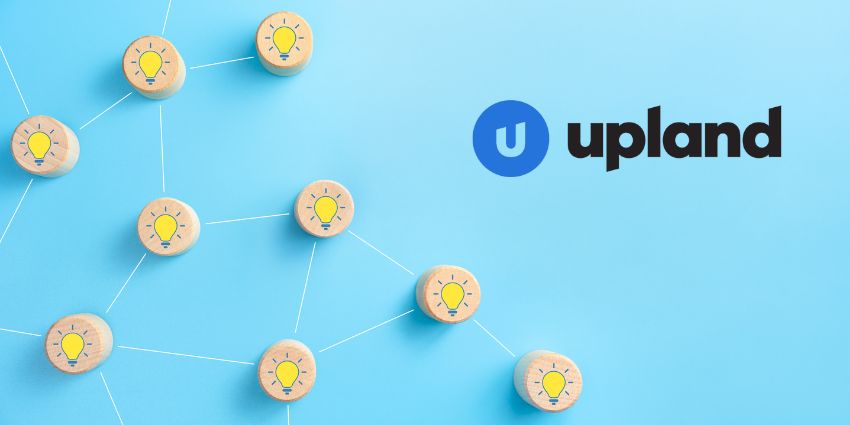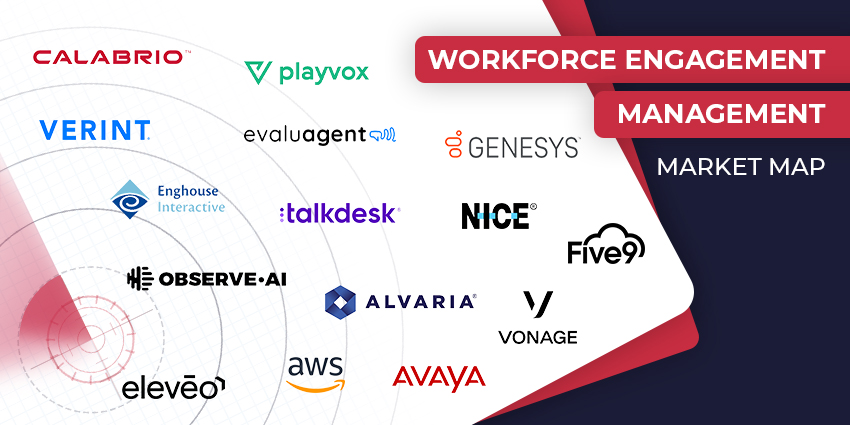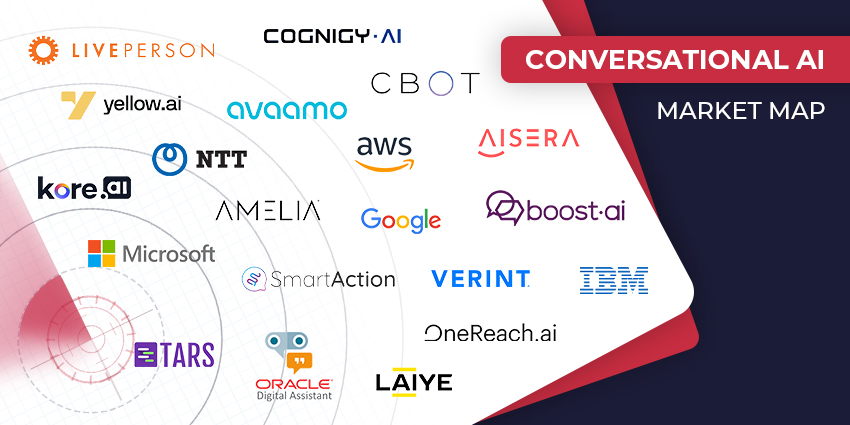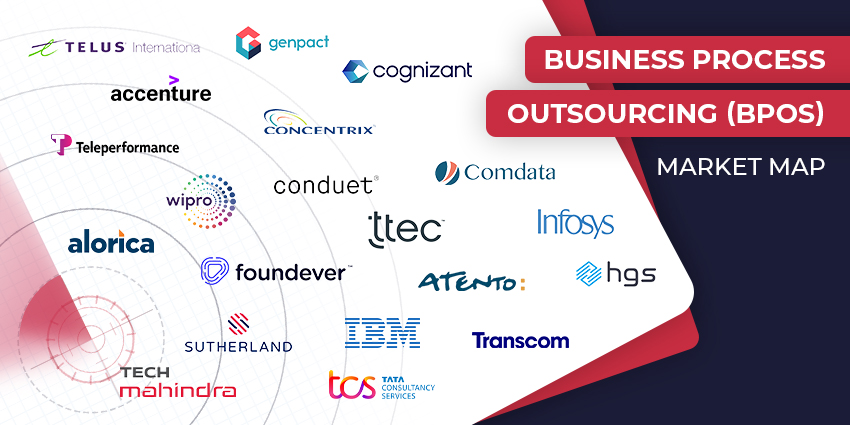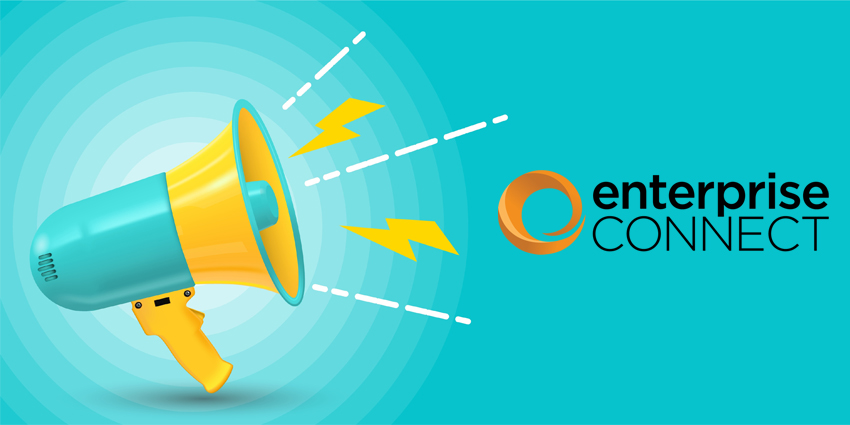Excellent customer experiences stem from fantastic employee experiences.
Increasingly, companies recognize that more engaged, productive, and satisfied employees don’t just reduce churn; they also drive better business results. Indeed, highly engaged employees can generate a 23 percent increase in profitability.
Keeping contact center employees engaged takes time and effort. After all, agents consistently deal with high call volumes, complex workloads, and demanding customers. While implementing improved technologies and processes is helpful, brands must also consider their people and find ways of making work more fun.
One such method is gamification. Indeed, almost 90 percent of employees say gamification makes them more productive at work. Moreover, employees are 60 percent more engaged with gamified work experiences.
As such, many contact centers opt to gamify their operations, often employing the following four tactics.
1. Gamify Performance
One of the best ways to gamify the contact center is to add a sense of competition to agent workflows, gamifying their performance.
Most contact centers already use tools to manage and track agent KPIs, such as quality scores, engagement rates, and schedule adherence. There are even dashboards and wallboards that can allow team members to monitor their performance.
However, monitoring these metrics consistently without gamification can pressure team members more than boost engagement. Instead, to gamify performance, companies need to find a way to motivate and encourage teams to achieve their goals.
For instance, setting up leaderboards for specific KPIs can encourage friendly competition in the workplace. Just be careful only to showcase the leading agents. Showing those that languish in the lower positions is often a demotivator.
Companies can also issue rewards to the employees or team members who achieve the best outcomes as part of a broader recognition system. Also, awards like “most improved agent” ensures that the same agents don’t always win.
2. Gamify Collaboration
Bonds in the workplace are highly beneficial to increasing engagement and reducing turnover. Research shows having friends at work can boost productivity and motivation.
With this in mind, consider how gamification can strengthen human connections. After all, it’s not all about pitting team members against each other.
For instance, setting up team games, where people compete as part of a group to achieve the best possible results related to a specific performance metric, may inspire a sense of camaraderie. Businesses may also assign buddies to different agents to help them share their skills and accomplish goals.
Developing specific team-building programs with gamified elements often works well too. Some get their teams involved in charity fundraising sessions or invite them to participate in group sporting events.
Even the most straightforward aspects of team collaboration can be gamified. For example, companies can add gaming sessions into Meetings with apps on Microsoft Teams or start each session with a fun whiteboarding event.
3. Gamify Training
Onboarding new agents is often time-consuming and expensive, particularly when turnover rates are high. Moreover, continuous training and development are necessary as businesses evolve.
Gamifying training can be an excellent way to streamline the coaching process and make employee development more engaging.
Indeed, 33 percent of employees already say they want more game-like features in their training software. Additionally, 83 percent of employees feel more motivated to complete gamified training sessions.
Simple strategies – such as allowing employees to “level up” and earn stars for their profile when they complete a training session or unlock new rewards with each development program – may make a massive difference to the stickiness of training.
4. Gamify Customer Interactions
Dealing with customers is the primary focus of any contact center agent. However, it’s not always a streamlined and relaxing process, particularly as queries become more complex and urgent.
Gamifying customer conversations makes the experience more fun and exciting for team members. It’s also a brilliant way to refuel an agent’s sense of purpose every time they complete an effective interaction.
Companies could consider implementing options like “sales bingo” for their outbound call center, which allows employees to earn rewards when they get a full house. Alternatively, leaders could make squares of positive reviews, types of queries handled, and metric scores in service environments.
Even simple strategies like allowing customers to rate agents, so they can earn stars and points they can exchange for rewards at the end of the month can be a great strategy.
Indeed, every excellent customer interaction could give an agent a point they can put towards a reward, like an extra day off or a bonus on their paycheck.
Why Add Gamification to the Contact Center?
Gamification promotes healthy competition, which can strengthen the results contact centers achieve. It also helps supervisors spot agents doing good things, which they can recognize to refuel the agent’s desire to provide excellent customer service.
It also helps prevent talent from leaving the organization, as gamification initiatives can continually highlight to each agent how well they’re developing.
Just remember the best gamification strategies often feature meaningful rewards. People feel best when they’re able to “win” something. As such, try to leverage gamification as part of a comprehensive campaign for employee recognition.
7 Ideas to Improve Gamification Initiatives
Here are seven quick-fire ideas to enhance gamification programs.
1. Take Stock of Your CX KPIs
Before creating a gamification strategy for CX improvements, establish a goal. Break down the customer service vision into tangible goals. Doing so helps set clear targets for agents to reach.
2. Convert Performance Expectations Into Game Rules
Gameplay rules will depend on the company’s expectations around the said targets. How fast should agents achieve them? What resources do they need? Depending on these expectations, leaders can assign weighted rewards.
3. Give Your Game Narrative a Timeline
The game should be timebound – typically a week or sometimes a month – so that agents maintain interest in the narrative. Also, restarting the competition every week makes agents feel like they have another opportunity to perform better. Indeed, the restart offsets poor performance in the previous narrative.
4. Communicate the Strategy for Maximum Participation
Getting buy-in from agents is often the most challenging part of launching a gamification strategy. Imposed gameplay rarely works, as it only adds to an agent’s already mounting targets. Operations can ensure maximum participation by communicating to agents early on, getting senior leadership on board, and appointing “champions” within the workforce who will lead the way.
5. Automate Reminders on Pending Items
Rengage agents with the initiative by sending automated notifications on pending tasks/achievements, subtly reminding them of the potential reward or loss if they choose not to participate. A mobile game app is an excellent way to send timely, non-intrusive reminders that catch the agent’s attention.
6. Share Game Statistics with the Workforce
In addition to the leaderboard, game statistics delve into participation levels and demonstrate how successful the gamification initiative was in engaging agents. In doing so, leaders can start to spot trends within the games that receive the best response from the team.
7. Reinforce the Rewards by Sharing Customer Feedback
Making customer feedback part of a reward mechanism often encourages agents to achieve first contact resolution. With the proper system, contact centers may also highlight every piece of positive feedback and give social recognition alongside a tangible reward.
Looking for more ways to enhance hybrid employee experiences? If so, read our article: The Hybrid Contact Centre Agent Starter Kit


